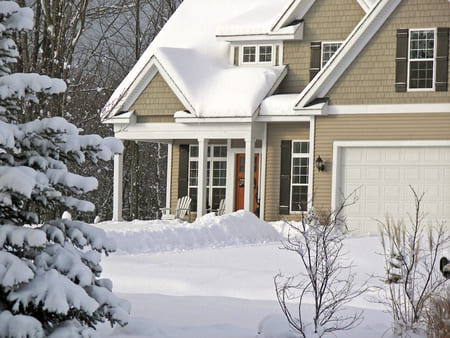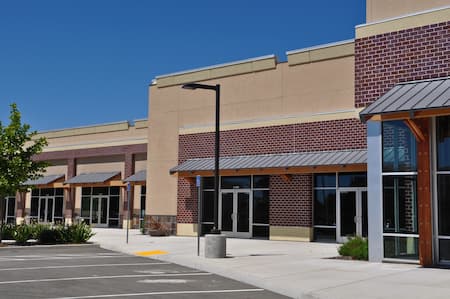Recent Tips and Articles by BearClaw Power Washing

Top Benefits of Regular Deck Cleaning for Your Outdoor Spaces
A well-maintained deck enhances your outdoor living experience, providing a clean and inviting space for relaxation and entertainment. However, without regular cleaning, decks can accumulate dirt, mold, mildew, and algae, leading to structural damage and safety hazards. Here are the top benefits of routine deck cleaning: Prolongs […]

Weather Won't Stop Us: How BearClaw Power Washing Keeps Hamilton Properties Clean Year-Round
Hamilton’s unpredictable weather can make exterior maintenance and house washing challenging. From rainy spring days to chilly winter mornings, property owners might wonder when the "right time" is to schedule a pressure washing service. The good news is that BearClaw Power Washing is equipped to handle […]

House Soft Washing Takes The Pressure Off
Have you been feeling the pressure to do something about the stains and algae on your Hamilton home's surface? When it comes to caring for brick, vinyl siding, and other home exteriors, house soft washing is the tough but gentle alternative to high-pressure power washing. High-pressure […]

Cost Saving Tips From A Residential Power Washing Pro
Does it seem like you never have enough time in your busy schedule? Hiring a residential power washing professional can help you keep your Hamilton home in top condition, keep your neighbors and your local HOA board happy, and give you more free time to enjoy […]

Benefits Of Outsourcing Commercial Power Washing Services
Whether you're running a business or managing a commercial property, you work to find the right balance between maximizing your brand and minimizing your spending. Turning your Hamilton property's exterior maintenance over to a commercial power washing company can keep your parking lot, building exteriors, and […]

How House Washing Can Help You Sell Your Home
When you’re preparing to sell your home in Hamilton, first impressions matter. Potential buyers often decide within minutes of seeing a property whether it’s worth further consideration. One of the easiest and most cost-effective ways to boost your home’s curb appeal is through professional house washing. […]
Get Started With Your Power WashingProject Today In Hamilton!